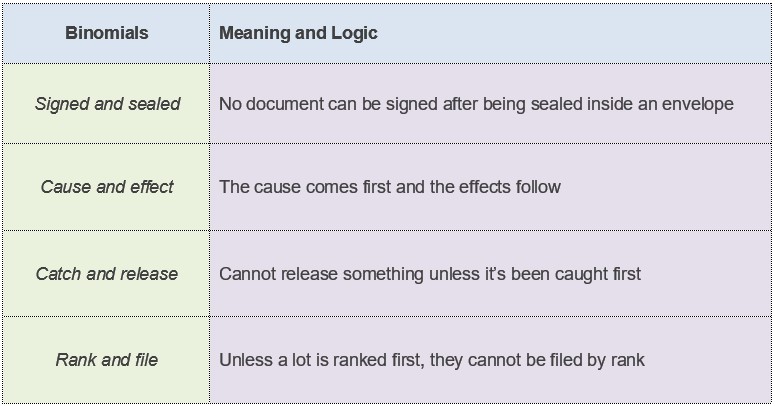Embedded Questions: Definition & Examples
An embedded question is a type of question which is included within another question or sentence. It is different from other types of questions, as there must not be any auxiliary verb between the question word and the subject. And if the embedded question is not part of another question then there’s no need to use a question mark at the end of that sentence. Sentences that include embedded question usually begins with common introductory phrases like:
|
There should be no question mark at the end of the sentence if the embedded question is part of a statement. And if the question is in present or past indefinite form, then the auxiliary verb should be omitted and the verb needs to be changed to its appropriate form.
For example:
| Direct Question: What work did he do best? Embedded Question: I’d like to know what work he did best. |
| Direct Question: What is her name? Embedded Question: I wonder what her name is. |
If there’s an “auxiliary” or “to be” verb included within the embedded question, the position of the subject and the “auxiliary” or “to be” verb needs to be reversed.
For example:
| Direct Question: Is the doctor available? Embedded Question: Could you tell me if the doctor is available? |
| Direct Question: What was his job here? Embedded Question: I wonder what his job was here. |
Using verbal contraction at the end of the sentence is not acceptable in the case of embedded question.
| Direct Question: How tall are they? Embedded Question: Do you know how tall they are? (correct) Embedded Question: Do you know how tall they’re? (incorrect) |
| Direct Question: How talkative is she? Embedded Question: Can you tell me how talkative she is? (correct) Embedded Question: Can you tell me how talkative she’s? (incorrect) |
There are some questions which don’t have any question words and so they begin with an auxiliary verb. In such cases, embedded questions are introduced by whether, if and whether or not.
For example:
| Direct Question: Was she sick? Embedded Question: Could you tell me if she was sick or not? Or, Could you tell me whether or not she was sick? Or, Could you tell me whether she was sick or not? |
| Direct Question: Are you mad? Embedded Question: I wonder if you are mad or not. Or, I wonder whether or not you are mad. Or, I wonder whether you are mad or not. |
Sometimes the question word can be followed by an infinitive, as shown in the following example:
| Direct Question: Where could I look for her? Embedded Question: Could you tell me where I could look for her? Embedded Question with an Infinitive: Could you tell me where to look for her? |
| Direct Question: How should I prepare for a train journey? Embedded Question: I’m not sure how I should prepare for a train journey. Embedded Question with an Infinitive: I’m not sure how to prepare for a train journey. |
At times native English speakers tend to use embedded questions rather than direct questions while inquiring about something. Because it makes the question sound more polite.
For example:
| Direct Question: When does the train leaves for Chicago? Embedded Question: Can you please tell me when the train leaves for Chicago? |
Grammar
Read More
- How to Use "Therefore" in Sentences Avoiding Common Mistakes
- How to Use "Whereas" with Examples and Avoid Common Mistakes
- When and How to Use "Thus" Correctly Without Common Mistakes
- How to Use "On the Contrary" Properly with Meaning and Examples
- When and How to Use "Either/Or" with Examples and Common Mistakes to Avoid
- How to Use "On the Other Hand" Effectively without Mistakes
- How to Use "Respectively" with Example and Common Errors to Avoid
- How and When to Use "Moreover" Without Mistakes
- How to Use "Likewise" in Sentences Based on Context & When not to Use
- When & How to Use "Although" in Sentences to Avoid Mistake





